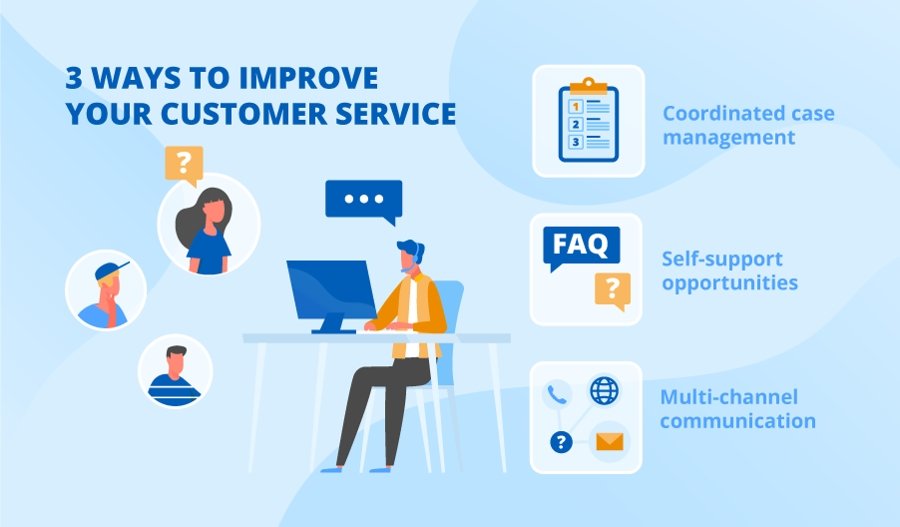How Marketers Can Pave The Way to Technology Adoption

Technology has become an integral part of our daily lives in today’s fast-paced world. However, not everyone is quick to adopt new technology. This is where marketers come in. By using their skills and knowledge, marketers can help pave the way to technology adoption. This article will explore how marketers can help make technology adoption easier for consumers.
Read More: Metaverse Trends 2023: Exploring the Future of Virtual Worlds
Understanding Technology Adoption
Technology adoption refers to how consumers become aware of and use new technology. It is a complex process that involves various factors, including perceived usefulness, ease of use, compatibility, and social influence. The adoption process is often divided into several stages: awareness, interest, evaluation, trial, and adoption.
The Role of Marketers in Technology Adoption
Marketers play a crucial role in technology adoption. They can help bridge the gap between technology and consumers by creating awareness, addressing concerns, and providing easy access to technology. Marketers can also help build customer relationships and increase adoption by personalizing and customizing the technology experience.
Identifying Target Audience
Identifying the target audience is the first step in paving the way to technology adoption. Marketers need to understand the needs and wants of their target audience and tailor their marketing efforts accordingly. This can be done through market research and segmentation.
Creating Awareness and Interest
The next step is to create awareness and interest in the new technology. Marketers can use various channels to reach their target audience, including social media, email marketing, and advertising. They can also use content marketing, such as blog posts, videos, and whitepapers, to educate and inform consumers about the benefits of the technology.
Addressing Concerns and Objections
One of the biggest obstacles to technology adoption is the concerns and objections of consumers. Marketers must address these concerns head-on and provide reassurance and information to alleviate fears. This can be done through FAQs, customer reviews, and testimonials.
Providing Easy Access to Technology
Another key factor in technology adoption is providing easy access to technology. Marketers can make acquiring and using technology as seamless and effortless as possible. This can include offering free trials, demos, tutorials, and excellent customer support.
Measuring Success
It’s important to measure the success of technology adoption efforts. Marketers can use various metrics, such as conversion rates, click-through rates, and engagement rates, to measure the effectiveness of their campaigns. They can also use customer feedback and surveys to gather insights into the customer experience.
Overcoming Resistance
Resistance to change is a natural human instinct. Marketers must anticipate and overcome resistance to technology adoption by being empathetic and understanding. They can do this by offering incentives, such as discounts and rewards, and addressing any issues or concerns.
Personalization and Customization
Personalization and customization can play a significant role in increasing technology adoption. Marketers can use data and analytics to tailor the technology experience to each user, making it more relevant and valuable.
Staying Ahead of the Curve
Technology constantly evolves, and marketers must stay current with the latest trends and innovations to remain competitive. They can do this by attending industry events, networking with other professionals, and investing in ongoing training and education.
The Importance of User Experience
User experience (UX) is a critical factor in technology adoption. Marketers need to ensure that the technology is easy to use and provides a positive experience for the user. This can be achieved through user testing and feedback and by incorporating user-centered design principles.
Using Social Proof to Increase Adoption
Social proof is a powerful tool in increasing technology adoption. Marketers can leverage the influence of social networks, such as user reviews and ratings, to build trust and credibility with potential customers. They can also use endorsements from influencers and thought leaders in their marketing campaigns.
Building Relationships with Customers

Building solid relationships with customers is essential to long-term success in technology adoption. Marketers can do this by providing excellent customer service, engaging with customers on social media, and offering personalized and customized experiences.
The Benefits of Technology Adoption
The benefits of technology adoption are numerous and varied, including increased efficiency, improved productivity, and enhanced communication. Marketers can highlight these benefits in their marketing campaigns to help persuade consumers to adopt new technology.
Conclusion
Technology adoption can be challenging, but marketers can play a critical role in making it easier for consumers. By understanding the needs and concerns of their target audience, creating awareness and interest in the technology, addressing objections and concerns, and providing easy access and excellent user experience, marketers can help pave the way to technology adoption.
Read More: The 10 Most Important Tech Trend Predictions For 2023








One Comment